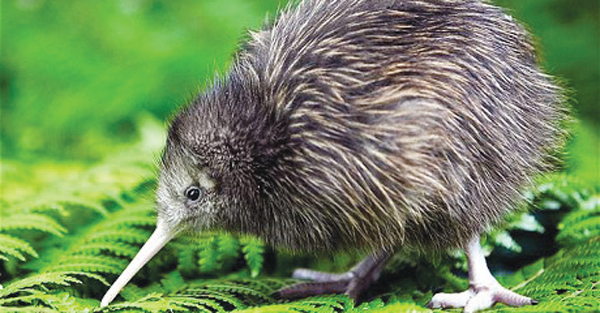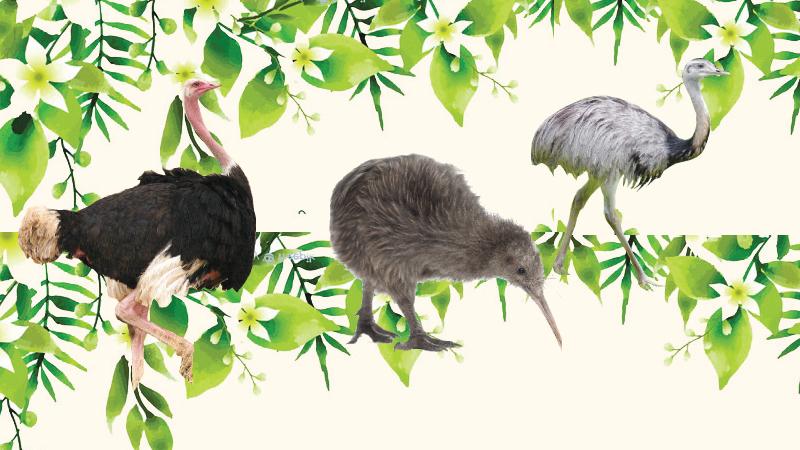
When we think of birds we think of flight. We picture groups of beautiful birds flying across a blue sky. However, there are many birds who cannot fly and are known as flightless birds. They have evolved from their flying ancestors and today number around 60 species. The ostrich, emu, cassowary, rhea, kiwi and the penguin are among them.
Two of the main differences about the flying and flightless lie in their wing bones and their breast bone. Flightless birds have smaller wing bones and the keel on their breastbone is not there or it is greatly reduced.it is the keel which anchors muscles needed for wing movement. Flightless birds have more feathers than flying birds.
Certain varieties of flightless island birds are closely related to flying birds.
The smallest flightless bird is the Inaccessible island rail and the largest, heaviest and tallest (living flightless bird, is the ostrich although some extinct birds grew to larger sizes.
New Zealnd has more flightless birds than any other country in the world. The flightless birds of New Zealand lived for millions of years on isolated islands with no danger from hunters and predators and stopped flying because they no longer needed to fly to escape danger. Among these birds are several penguin species, the kiwis and the takahe. The reason that penguins don’t fly is that they spend much of their time in water. The moa and the elephant bird are two species of flightless birds which are extinct meaning that they no longer live on this earth.
Let us now look at some of these flightless birds
The Ostrich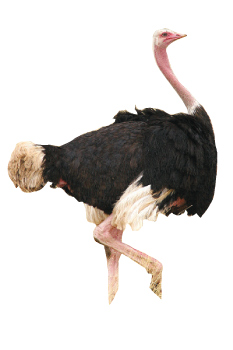
The ostrich is the world’s argest, living bird and has its home in the African Savannahs and open woodlands. Its height is 2.7m and it can weigh as much as 159kg.
In height the ostrich is one metre taller than an average man and its weight equals that of two men. The ostrich has a long, bare neck, long, sturdy legs and a bulky body covered with feathers. Males and females have different coloured feathers.
The male ostrich has black feathers with a white tail while the females are mostly brown.
Both male and female ostriches have small heads, a short, wide beak and big brown eyes with long dark lashes and their sight is excellent.
They can cover over 70 km per hour using their powerful, sturdy legs. Their legs are useful in self defence too for the long two toed feet have a sharp claw. An ostrich can kick a predator to death.
Ostriches are mainly vegetarians but will eat insects, lizards and other small creatures.
Ostrich eggs are the largest in the world.
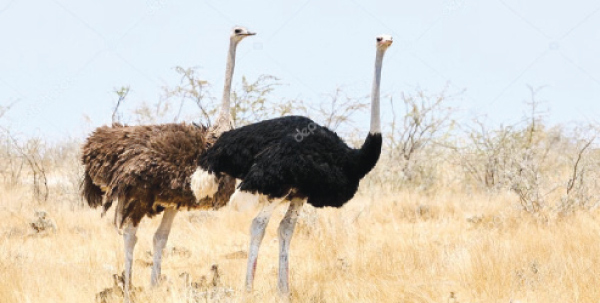
Penguins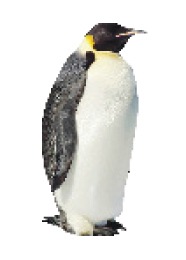
Penguins are flightless birds and it is thought that they do not fly because they spend so mucht time in the water. The black and white plumage or feathers of the penguin provides excellent camouflage for them and give protection from enemies.
Penguins also have a special layer of feathers to keep them warm. Since they spend around 50 percent of their time in water and the other time on land their wings have changed to be like flippers and this makes them super swimmers.
Penguins waddle when they walk and slide on snow on their tummies. These tactics help them to be mobile and save energy.
There are many penguin species including the large Emperor penguin, King penguin, Chinstrap penguin and the Galapagos penguin.
Krill is a favourite food of penguins.
Almost all the penguins make their home in the Southern hemisphere or the bottom part of the Earth. The Galapagos penguns live elsewhere. People think penguins live in frozen climates like the Antarctica but they also live in warmer climates. Penguins can be found in places such as the Anatrctica, New Zealand, Argentina, Australia and Chile.
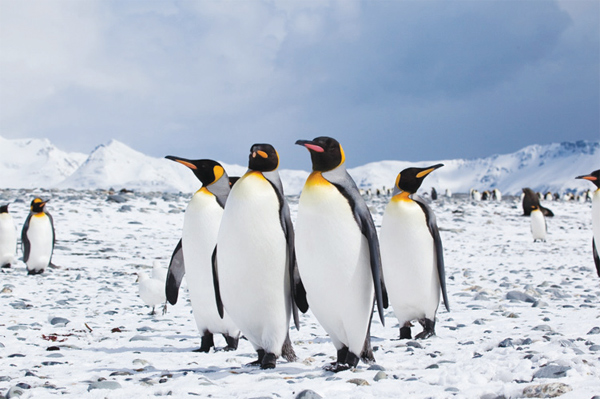
The Rhea
Rheas are flightless birds native to South America. They are ratites, meaning they are large flightless birds with no keel to their breastbone or sternum.
The greater or American rhea (also called the Nandu) is a large, flightless bird living in the South American forests.South America. It is the largest bird in the Americas and is a fast runner. When the American rhea runs, its neck is almost horizontal to the ground. Rheas gather in flocks of 20 to 30 birds. The lesser or Darwin’s rhea, is mostly found in the southern part of South America.
Rheas eat mostly plants, fruits, seeds, and nuts, but also will also eat insects and other small animals such as lizards.
The female rhea lays 12-30 yellow-cream eggs in a clutch. The male digs the nest (a simple scrape in the ground), incubates the eggs (for 6 weeks), and raises the chicks. Rheas are mature at 2 years of age.
Sources: Kiddle encyclopedia, National geographic, Cool Science facts for kids, Wikipedia
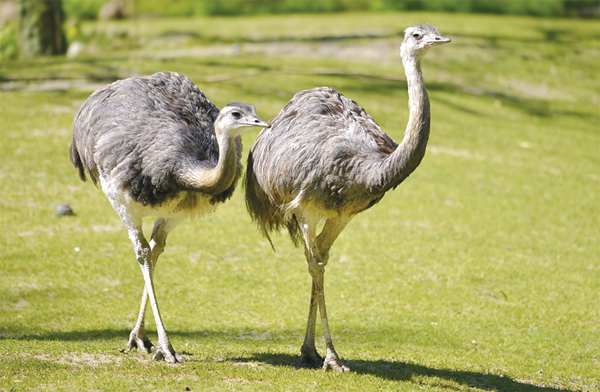
Kiwi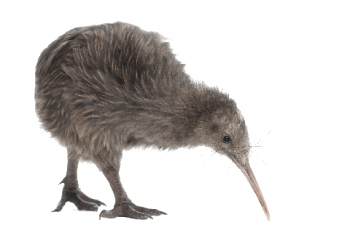
New Zealand is home to the Kiwi which is another flightless, pear shaped bird. It has long legs and a beak and have thin feathers like hairs which also look like fur. The emu, cassowary and rhea are close relations of the kiwi..
A kiwi is about the size of a chicken. And there are five species of this bird.
The largest is the northern brown kiwi, which grows up to 20 to 25 inches (50 to 65 centimetres) and weighs 3.2 to 11 lbs. (1.4 to 5 kilograms).
The smallest is the little spotted kiwi. It grows up to 14 to 18 inches (35 to 45 cm) and weighs 4.3 lbs. (0.8 to 1.9 kg).
The Kiwi’s wings are tiny and each wing has a small claw on the tip.
Kiwis are nocturnal meaning they sleep during day and are active at night. They spend the night looking for food.
When it’s not foraging, it is patrolling its territory. If another kiwi wanders into another’s territory they will fight.
Kiwis are omnivores. They eat worms, grubs, bugs, berries and seeds that they find with their excellent sense of smell. Kiwis are the only birds that have nostrils on the tips of their beaks. Most birds have nostrils closer to their faces.
